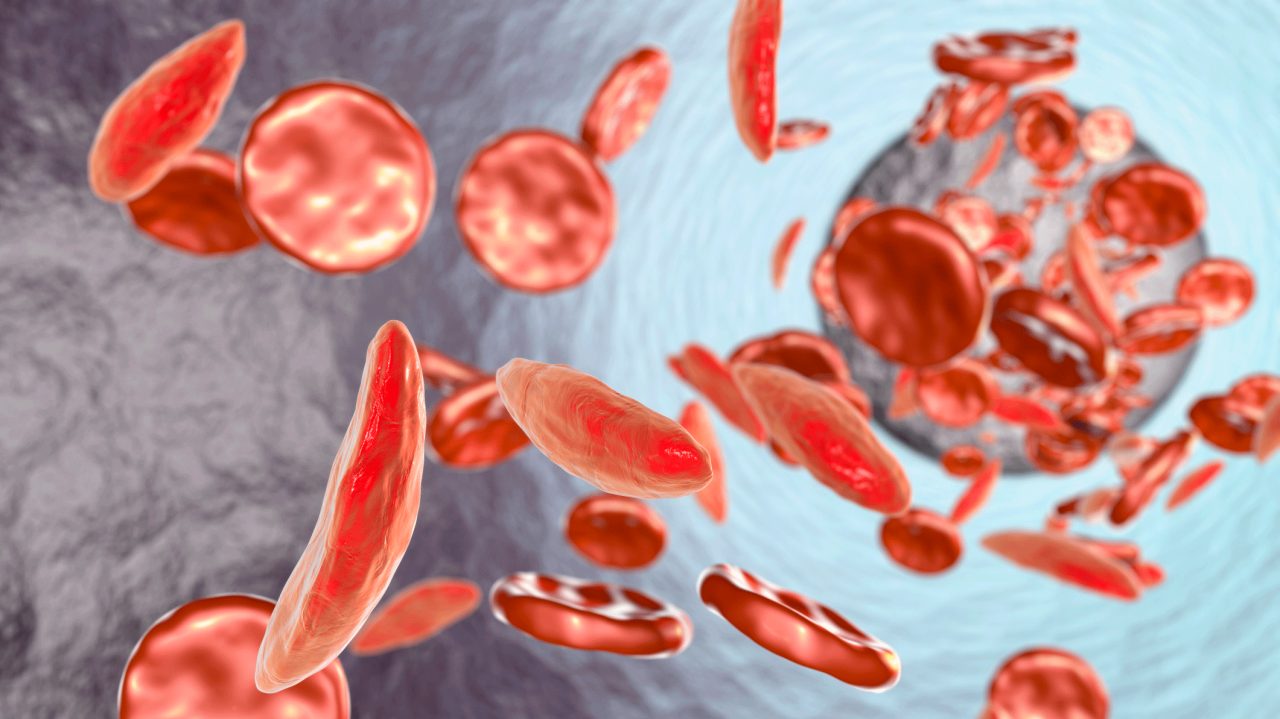What Is Anemia?

Anemia occurs when your red blood cell count falls too low. Your blood may not contain as much oxygen as you need, potentially a symptom of numerous health problems.
What is anemia?
Your body needs oxygen to function. Normally, it is carried from your lungs to other parts of your body through a protein in red blood cells called hemoglobin. If your red blood count is low, you have anemia.
An estimated 25 percent of the world’s population is anemic, usually because of an iron deficiency. A multi-vitamin with iron might be what you need, but it’s important to check for underlying causes. Anemia can be a sign of an illness like endometriosis or malaria.
In the United States, pregnant women, menstruating girls, and people with inflammatory bowel disease need to be especially aware of the risk of anemia.
YOU MIGHT ALSO LIKE: What Is Sickle Cell Anemia?
What causes anemia?
Your body must keep creating red blood cells, which die after about 120 days. Either a problem that makes you lose red blood cells or slows production may cause anemia. The result is that your body does not replace red blood cells when they die.
Production often drops because you aren’t eating enough iron, vitamin B-12, or folate. Kidney and thyroid failure could also be a cause.
You could be losing cells because of:
- Bleeding from endometriosis
- Accidents
- Childbirth
- Surgery
- Scars on your liver or within bone marrow
- Genetic disorders
What are the symptoms of anemia?
Do you often feel cold? Are you lightheaded, tired, or constipated? Do you get cravings for odd things like ice? People with anemia may have:
- Pale skin
- An increased heart rate
- A heart murmur
- Brittle nails
- Chest pains
- Shortness of breath
- A painful tongue
Seek immediate care if you have chest pains or faint.
If your doctors suspect anemia, they will order lab tests, including a CBC blood test, which shows the number and size of your red blood cells and tests your iron, folic acid, and vitamin B-12 blood levels. You might also need a test for blood in your stool, the cause of which could be stomach ulcers, colitis, or colon cancer. The lost blood could trigger anemia.
If you have anemia, other tests may be necessary to pin down the underlying cause.
Certain kinds of anemia have specific symptoms.
- Aplastic anemia can cause fever, frequent infections, and skin rashes.
- Folic acid deficiency anemia can cause irritability, diarrhea, and a smooth tongue.
- Hemolytic anemia can cause jaundice, dark urine, a fever, and abdominal pain.
- Sickle cell anemia, often inherited among African Americans, can cause painful swelling in your feet and hands, as well as fatigue and jaundice.
Treatment for anemia
Your treatment will depend on the cause. You might do fine with supplements, or you may need B-12 injections or changes in your diet. You may need treatment for an underlying cause. In severe cases, you may need a blood transfusion.
Nearly half of all cases are caused by a shortage of iron, which is more common in women who are menstruating or pregnant. According to the National Institutes of Health, men need 8 mg of iron a day and women need 18 mg until the age of 50, when they also need 8 mg. During pregnancy, a woman needs 27 mg.
You can get iron from:
- Red meat
- Dark turkey meat
- Chicken and beef liver
- Seafood
- Fortified cereals
- Oatmeal
- Lentils
- Beans
- Spinach
Shortages of folate and B-12 can also cause anemia. The easiest way to make sure you’re not short of any nutrients, especially if you’re a menstruating woman, is to take a supplement.
YOU MIGHT ALSO LIKE: What Does a Low Red Blood Cell Count Mean?
Updated:
September 27, 2023
Reviewed By:
Janet O’Dell, RN